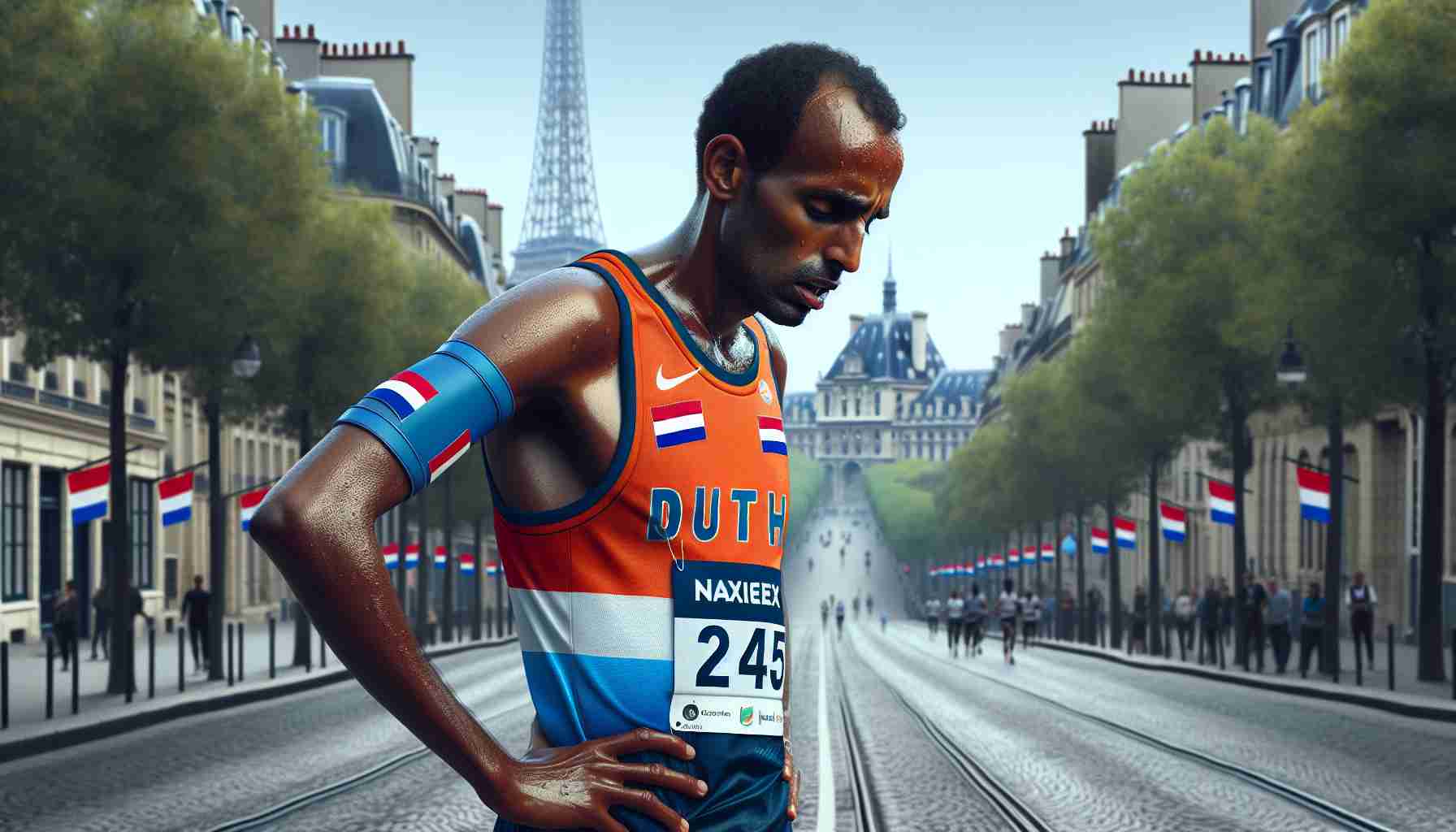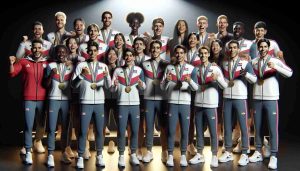
Disappointing Marathon Run for Dutch Runner Abdi Nageeye in Paris Olympics
Dutch runner Abdi Nageeye faced a tough challenge during the marathon event at the Paris Olympics, failing to replicate his silver medal performance from three years ago. The hilly terrain proved to be a significant obstacle for Nageeye, causing him to lose ground and ultimately fall back in the final stages of the race, unable to finish.
The gold medal was clinched by Tamirat Tola from Ethiopia, who displayed an impressive performance throughout the entire race, securing the top position. Despite his best efforts, Nageeye was unable to match the pace set by Tola and other leading contenders, resulting in a disappointing outcome for the Dutch athlete.
Looking ahead, Nageeye will need to regroup and refocus on his training in preparation for future competitions, aiming to bounce back stronger and overcome the challenges that he faced in Paris. While this setback may be disheartening, it serves as a learning opportunity for Nageeye to evaluate his performance and make necessary adjustments for his upcoming races.
Additional Facts Uncovered in Abdi Nageeye’s Disappointing Marathon Run at Paris Olympics
As the dust settles on Abdi Nageeye’s challenging marathon run at the Paris Olympics, further insights into the ordeal emerge, shedding light on the complexities of competitive long-distance running. This article delves deeper into the event to uncover important facts not previously discussed, unveiling the intricacies surrounding Nageeye’s performance and the aftermath of his Olympic disappointment.
Key Questions and Answers
1. What were the factors contributing to Nageeye’s struggle in the marathon at Paris Olympics?
– Beyond the hilly terrain, Nageeye encountered unforeseen weather conditions that posed additional challenges.
2. How did Nageeye’s training regimen and preparation differ from his successful races in the past?
– Nageeye’s preparation for the Olympics may have been impacted by external factors, affecting his performance on race day.
3. What adjustments or strategies could Nageeye consider for his upcoming competitions?
– Nageeye might need to reassess his pacing techniques and focus on building mental resilience to handle unexpected race conditions more effectively.
Key Challenges and Controversies
One of the significant challenges faced by Nageeye in the Paris Olympics was the lack of familiarity with the course and its unique demands, highlighting the importance of thorough course reconnaissance for future events. Additionally, controversies surrounding the scheduling of the marathon event and its potential impact on athletes’ performance have sparked debates within the running community.
Advantages and Disadvantages
The disappointing marathon run for Nageeye presents a learning opportunity for the athlete to reflect on his performance, identify areas for improvement, and channel his setback into motivation for future races. On the flip side, the emotional toll of falling short of expectations on the Olympic stage may weigh heavily on Nageeye’s mental state, requiring careful management to ensure a successful comeback.
For more insights on elite marathon running and Olympic challenges, visit Runner’s World.
In conclusion, Abdi Nageeye’s experience at the Paris Olympics serves as a testament to the unpredictable nature of competitive sports and the resilience required to navigate setbacks. By addressing the key questions, challenges, advantages, and disadvantages associated with his disappointing run, a more comprehensive understanding of Nageeye’s journey in the marathon event emerges, paving the way for potential future success.

















